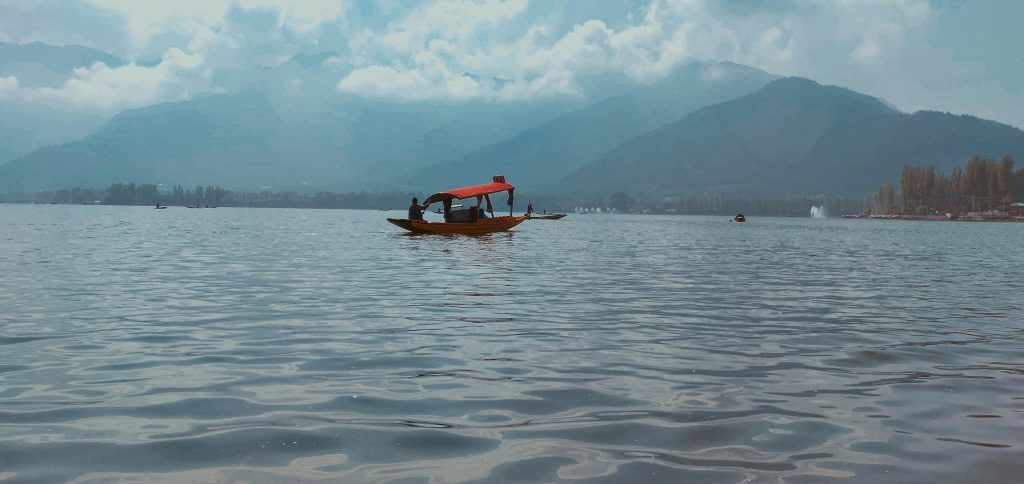Kashmir has been forever known to be a beautiful valley in the heart of the Himalayas. For time immemorial it has been romanticised in Bollywood movies and now OTT platforms as the backdrop for its stunning landscapes and rich cultural tapestry.
The people of Kashmir have however been subject to stereotypes of different kinds, among these are an assumption that all Kashmiri people are fair-skinned.
Genesis of the stereotype
To understand this stereotype further it’s important to understand the genesis of the same. Kashmiris as a race are an amalgamation of various civilisations, an ancestral lineage of Indo- Aryans, Persians, Central Asians and Greeks.
Like any other Indian state, Kashmir has also been influenced by the colonial underpinnings of what we now call the beauty standards. The British established a racial hierarchical system in society that favoured light skin, associating the same with superiority. The preferential bias towards light skin is still influencing beauty standards across India, including Kashmir.
The concept of visualising Kashmiris as fair-skinned has further been reinforced by the depiction of them in pop culture. Where individuals depicted as Kashmiri characters in the movies are always fair-skinned, beautiful individuals. Even social media influencers visiting Kashmir tend to focus on people’s looks. This further perpetuates the narrow representation of
Kashmiri people.
The problematic issue of hyper fixation on fairness
The hyper-fixation with fairness is problematic as this completely overshadows the rich cultural and ethnic diversity of Kashmir. By reducing an entire population to a single physical trait, the unique identities and experiences of individuals get overlooked. This homogenisation of appearance also undermines the diverse array of physical features, languages, and traditions within the region.
Promoting an inclusive definition of beauty
The representation of Kashmiris in an inclusive manner is crucial. It’s important to visualise them for all their cultural and traditional complexities and not trivialise their identity only on the basis of their looks.
Filmmakers, advertisers, and content creators who play a very important role in building this dialogue should portray a more accurate and inclusive image of Kashmiris. Social media can help break down harmful stereotypes by showcasing the diversity the valley holds and promoting a more inclusive definition of beauty.
Embracing diversity means valuing individuals for their unique identities and experiences rather than conforming to superficial traits. Recognising and appreciating the diverse genetic and cultural heritage of Kashmir can help dismantle the narrow beauty standards that currently dominate the narrative.


